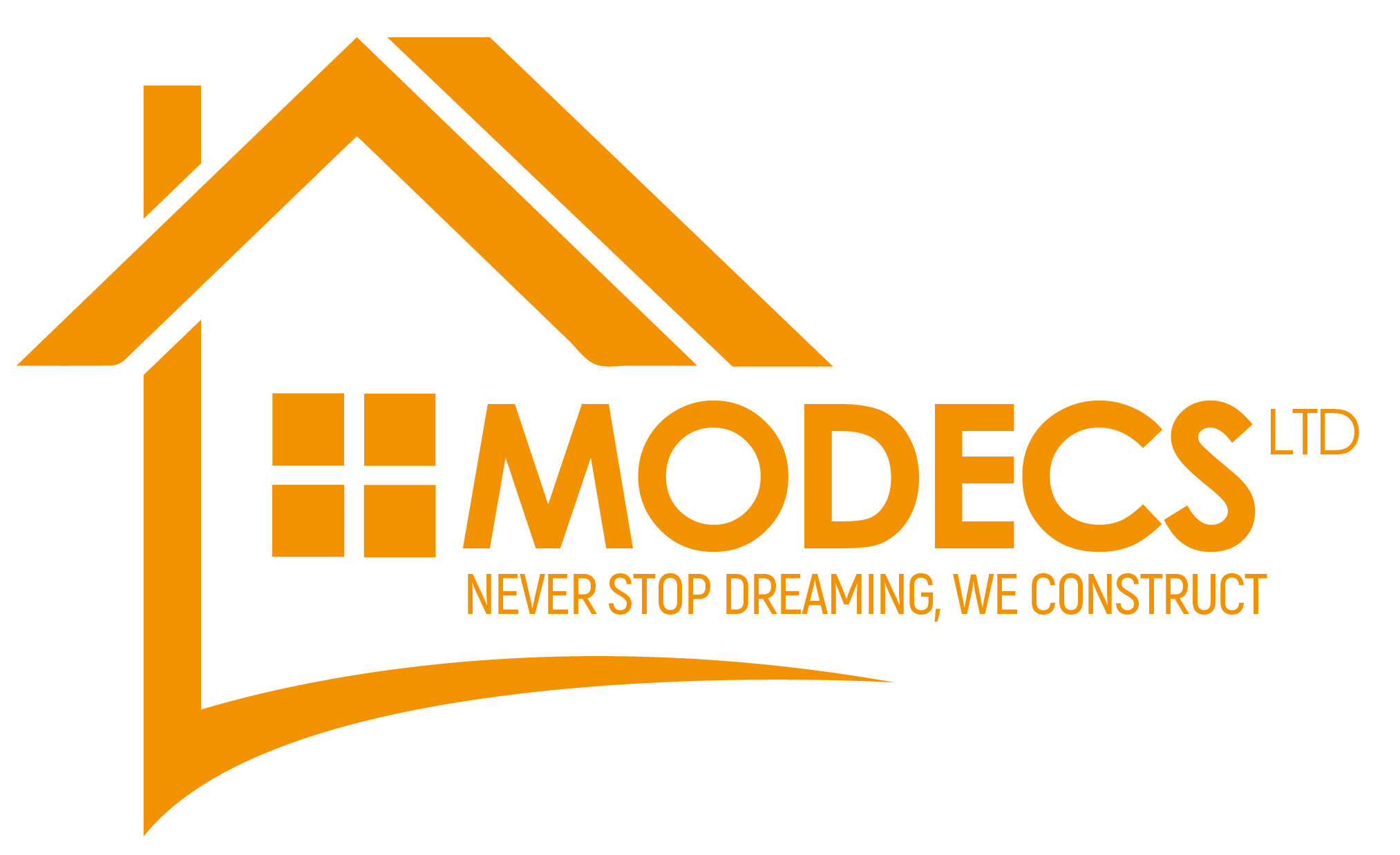Structural engineering is about designing and analysing structures to make sure they’re safe and strong enough to handle the forces around them.
This field helps create buildings, bridges, homes, and even stadiums. Structural engineers figure out how much weight a structure can handle, choose the right materials, and work with architects and builders to turn ideas into reality.
These engineers focus on how materials like steel, concrete, and wood react to stress, weight, and temperature changes.
They use math and science to find the best ways to keep structures solid and long-lasting. Whether they’re working on a new project or fixing an old one, structural engineers make sure everything stays stable and safe.
7 STEPS OF STRUCTURAL DESIGN OF BUILDING
- Conceptual Design: A structural design engineer will analyse the drawings created by the architects first to create a structural design of building plan. The engineer will analyse the various spaces in the residential, commercial, or industrial building to create structure engineering design. Conditions at the site are evaluated, including the soil report, the exposure category, the wind load, and the seismic load for the design of steel structures, and design of concrete structures.
- Load Analysis: All potential live and dead loads experienced by a building over its lifetime should be analysed by a structure engineer. Thus, you need to think about the varying loads based on the location of your structure. You can find the values of these loads by consulting the relevant structural design codes and references. There are a variety of loads acting on the building at the same time in the real world.
- Structural Analysis: Structural engineers are the ones responsible for doing structural analysis on the structural members. Shear, bending moment, normal, and torsion stress diagrams, as well as responses and deformations or deflections caused by the various load combinations, are all included in the structural analysis.
- System Design: When the preliminary design of the structure has been finished, the structure engineer will shift their focus to the design of the system using a top-down approach. It is absolutely necessary to have a good grasp of the load path of the structure, with particular attention paid to the effects of gravity loads, lateral loads, and uplift on the various parts contained within the structure. When the engineer has a general concept of the load path of the structure, they will start initial designs of the various structural systems.
- Element Detailing: The specific design of structural elements is detailed with accurate dimensions. The structure engineer will perform detailed member analysis for certain spans, such as estimating the loads that will be placed on the roof. It is possible to significantly cut down on the cost of constructing structures by planning the details of steel connections carefully in advance.
- Iterative Design and Drafting: The iterative approach is utilized by structural engineers in order to fine-tune the structural design. Revit helps project teams uncover insights and drive outcomes with data by providing integrated analysis tools and interoperability support for a broad range.Because of the modification of the structural analysis model, it now incorporates load routes that are more accurate.
- Construction Administration: Structural contractors should ensure that the building structure design and construction are carried out as per the construction shop drawings. So, proper construction administration is required for a structurally sound building.
BASIC STRUCTURAL REQUIREMENTS
When it comes to the design and construction of a structure as a whole as well as the structural components that make up that building, the fundamental requirement is that the structural design as well as its functionality is perfect. The structure, functionality, and overall appearance of a building should be of high quality if it is to be considered a good building.
We are at your service with the best services that leaves you with great relieve and satisfaction.
Reach out to us Asap via our social media handles
1.) Website: https://modecs.com/
2.) Facebook: https://www.facebook.com/modecsltd
3.) YouTube: https://youtube.com/@modecsltd
4.) Instagram: https://www.instagram.com/modecsltd
5.) Telegram: https://t.me/modecsltd
6.) WhatsApp: https://wa.me/c/23768297638



Share Post
8 Comments